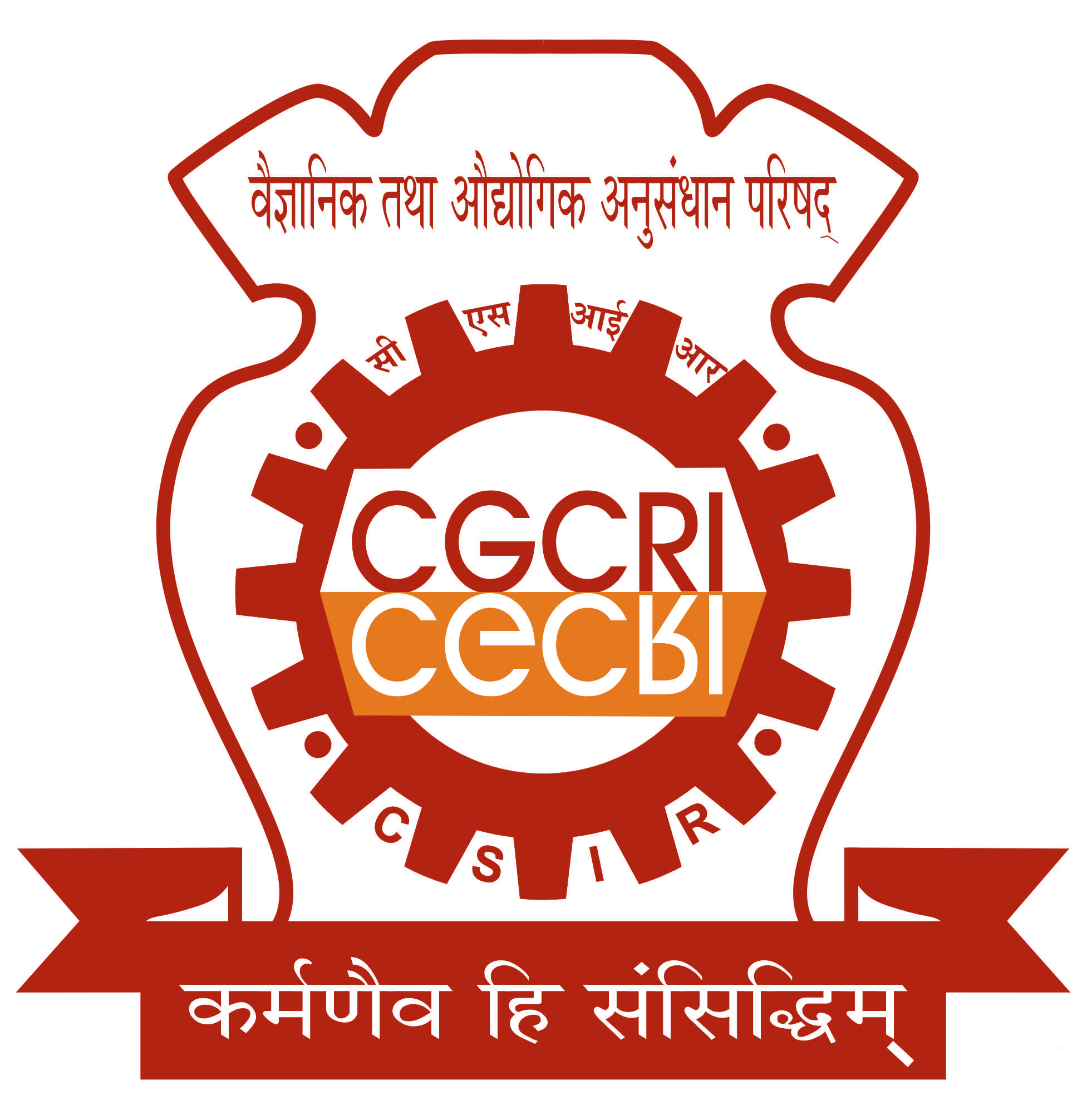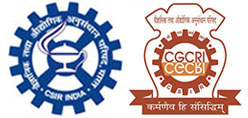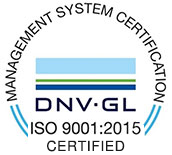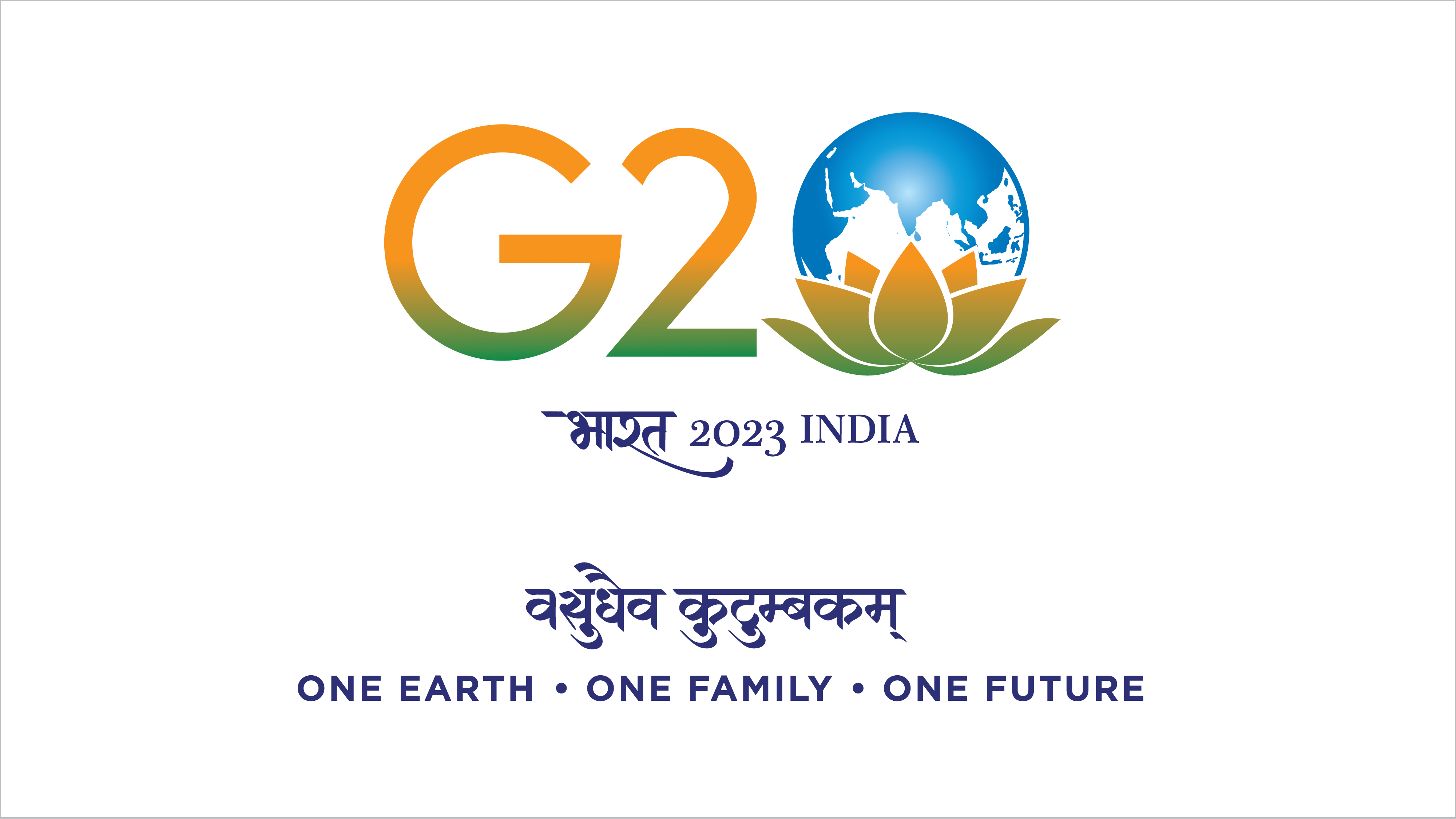English | हिन्दी

সিএসআইআর-কেন্দ্রীয় কাঁচ ও সেরামিক গবেষণা সংস্থা
सीएसआईआर-केंद्रीय काँच एवं सिरामिक अनुसंधान संस्थान
CSIR-Central Glass & Ceramic Research Institute

Achievements
First Decade (1950s)
- Research on coloured glass, sintered glass and foam glass. Foam glass with good thermal insulation and buoyancy promised use in roofing materials
- Development of green glasses. Work pursued on red signal glasses
- Trials on electric furnaces. One of the furnaces was designed to specifically test / trials on foam glass
- Testing of refractory bricks by the navy for various parameters
- Research to develop hot face refractories from indigenous raw materials like high alumina clay and kyanite
- Eight new on-glaze colours of different shades of yellow, blue, green, red, red-brown were formulated and tested that compared favourably with imported Blythe’s colours A process developed for making insulation bricks from waste mica
- A unit pilot plant for the production of optical glass was recommended to be set up by the Glass and Refractory Research Committee of CSIR
- Development of porcelain spark plugs with 95% Al2O3 body
- Development of sun-glare glass
- A bulletin called CGCRI Bulletin was started for disseminating R&D in the frontier areas
Second Decade (1960s)
- Consolidated the infrastructure for the production of optical glass. Manufactuing operation for the same was set up and the institute plant went into operation in 1961.
- 25 varieties of optical glasses were developed on basis on customer demand. Quality compared to international standards interferometers, cameras, binoculars, range filters
- Development of tank periscope prisms for armoured vehicles
- Glass slabs from special glasses with high lead content to cut off radiations
- Optical glasses were supplied in random slabs for being used in microscopes, telescopes, interferometers, cameras, binoculars, range fllters
- Special infrared transmitting glass. Required n the defence sector for use in vehicle head lamps
- Synthetic quartz single crystals developed using hydrothermal techniques. The work was extended to pilot plant scale
- Glasses for glass-to-metal seal. These were required to make electronic valves
- High temperature porcelain enamels for aero-engine parts useful in jet exhaust systems
- Work for making Heat insulating bricks for waste mica continued. Three Indian firms took up the process and began manufacturing. Began to be used in steel plants, industrial furnaces, oil refineries, textiles, paper mills as substitute for imported vermiculite bricks. By 1967, bricks worth Rs 1.14 crore was being sold by the firm.
- Opacifiers from indigenous zircon sand; used for ceramic glazes in pottery industry
- Grinding wheels from safety razor blades
- Chemically toughened glass and ceramized glass for cutting tools
- Decolorization of clay
Third Decade (1970s)
- Prospecting for locally occurring glass and ceramic raw materisla in association with GSI and Ministry of Mines. Particularly covered glass sands and clay occurring in states Beneficiation of plastic clay as substrate of imported ball clay
- Large initiatives of import substitution included process for manufacture of glass bonded mica, low impedence glass electrodes, inorganic bonded commutator type micanits, glass ceramic materials for industrial jewels
- Process of manufacture of abrasion resistant glass ceramic tiles for lining the chutes of coke oven
- Initiation of work on process of fixing high level atomic waste
- Supply of 30 variants of optical glass to defence
- Development of special infrared transmitting glass and arsenic tri sulphide filters for defence
- Nd-doped laser glass rods for latest types of range finders of 5-10 km range
- Further development of quartz single crystal
- Establishment of Naroda Centre to facilitate R&D for product development, testing and characterization, training and demonstration activities in traditional ceramics
Fourth Decade (1980s)
- Built up expertise in sol gel processing techniques. The process successfully employed in producing anti-reflective coatings on RSW glass blocks; also used for anti-glare applications
- Two types of laser glasses developed and supplied to defence. Trial runs for production large laser glass discs and rods for atomic energy applications
- Four compositions of alumina ceramics to cover range of applications developed
- Development of reaction bonded silicon nitride for use in non-ferrous metallurgy
- Initiation of activities in bioglasses and glass ceramics for prosthetic applications
- Development of glass reinforced gypsum, a low cost composite material that could be used as a substitute for wood. Material was particularly suitable for cheap housing scheme
- Establishment of Khurja Centre for R&D on ceramic liners and for imparting training and demonstration programmes
- Installation of optical fibre communication systems through 225 meters indigenous cable in Malkera colliery, Dhanbad. MoU was signed with industry for manufacture of multimode graded index optical fibre
Fifth Decade (1990s)
- Development of hollow building blocks made of mixture containing 50% common clay and 50% waste materials e.g. fly ash, rice husk ash etc.
- Development of silicate and phosphate laser glasses
- Anti-reflective coatings on ophthalmic and sheet glasses
- Zirconia doped micro-shperes for plasma spray applications were developed
- Development of cordierite based honeycomb for catalytic control of automobile emissions
- Demonstration of suitabliligy of locally available raw materials for production of ceraic wares was done by the Khurja and Naroda centres
Sixth Decade (2000s)
- Bioactive glass based material mediated drug delivery system
- Carbon fibre reinforced SiC ceramic clutch friction plate for automotive application
- Development of vitrified tiles from iron ore tailings
- Installation of arsenic removal plants in West Bengal and North eastern states
- Process technology for ultra-low expansion transparent glass
- Packaged C-band optical amplifier for CATV and telecom applications
- Fullerene C60 doped monolithic bulk glasses for non-linear optical applications
- Development of bioceramic implants for medical applications
- Establishment of Ceramic Centre for Rural development at Panchmura, Bankura, West Bengal
- Glazed terracotta for crockery and tableware
- Development of transparent sintered g-aluminum oxynitride
- Gas sensors for detection of methane in mines
Seventh Decade (2010 onwards)
- Induction glass melting facility
- Refractory crucible technology for RSW glass
- FBG based technology for structural health monitoring and sensors
- Technology for Nd-doped laser glass
- Thulium fibre laser for medical application
- Chalcogenide glass for infra-red optics
- Er and Er/Yb doped fibre amplifier
- Anti-reflective / hydrophobic coating on large solar cover glass
- Refractory ramming mass for steel making
- Technology for radiation shielding window glass
- Specialty borosilicate glass beads for nuclear waste immobilization
- Reaction bonded silicon nitride for engineering applications
- Bioceramic implants development from HAp based materials
- Refractory castables
- Development of Ukrainian clay supplement for tiles
- Development of ITO foam for stealth application
- Palladium based membrane for hydrogen gas separation
- Supercontinuum light source for confocal microscopy
- Development of lead free frits and glazes for blue pottery
- Installation of plants for iron removal from water in North eastern states and West Bengal
-
Last Updated on December 15, 2023









